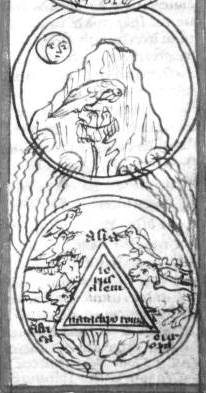
Line drawing
Constantine of Pisa
Late 14th century.
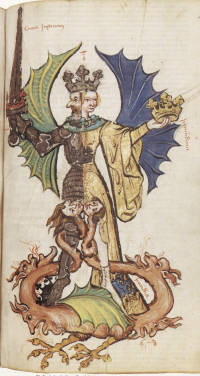
Coloured line drawing
Buch der Heiligen Dreifaltigkeit
about 1410
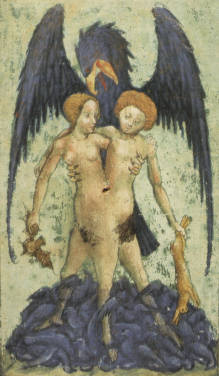
Good quality illumination
Aurora consurgens
About 1420-1430
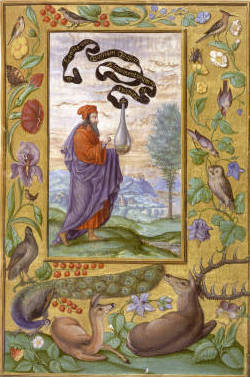
Highest quality illumination
Splendor solis
about 1530

 Line drawing Constantine of Pisa Late 14th century. |
 Coloured line drawing Buch der Heiligen Dreifaltigkeit about 1410 |
 Good quality illumination Aurora consurgens About 1420-1430 |
 Highest quality illumination Splendor solis about 1530 |
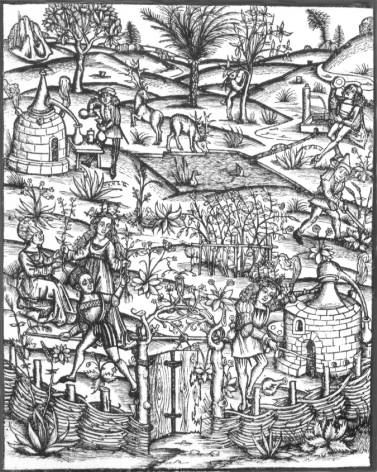 Woodcut Braunschweig 'Book of Distillation' 1500 |
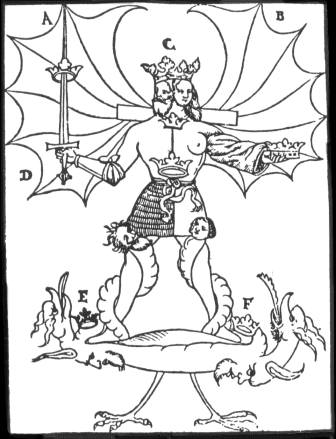 Woodcut Reusner Pandora 1582 |
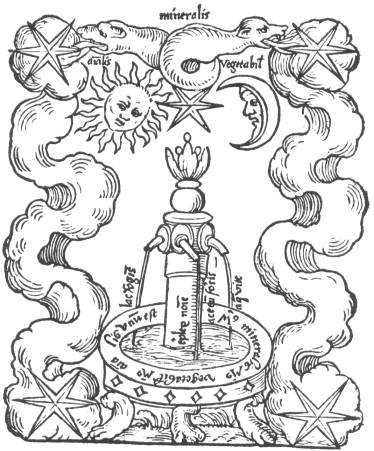 Woodcut Rosarium philosophorum 1550 |
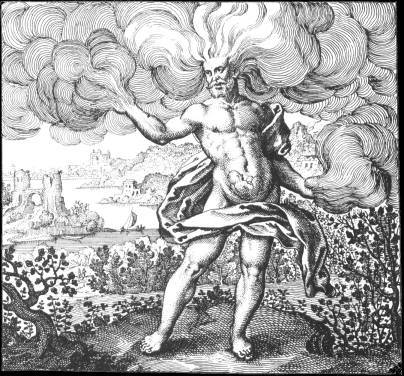 Engraving Maier, Atalanta fugiens engraving 2 1617 |
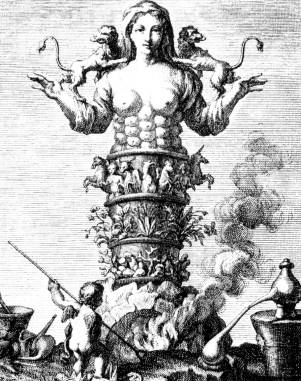 Engraving Hierne, Actorum Chymicorum 1712 |
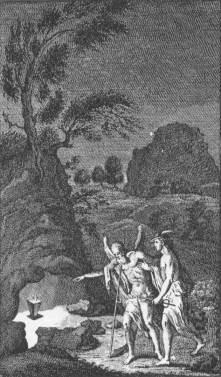 Engraving P.M. von Respurs 1772 |